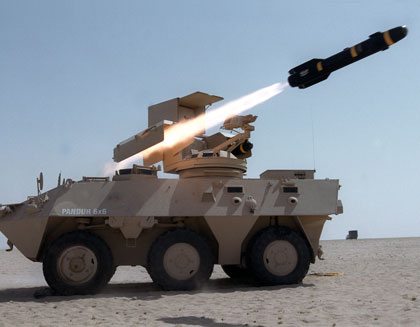With spring coming in Afghanistan, the Defense Department is set to perform the same “remarkable” work it conducted in last year’s troop surge to get warfighters everything they need while working to institutionalize those procedures, the department’s undersecretary for acquisitions, technology and logistics told a congressionally established commission today.
The Pentagon’s logistics community “performed a miracle” in getting warfighters in Afghanistan everything they needed between President Barack Obama’s troop surge directive in December 2009 and the arrival of the last of the surge troops in August, Ashton B. Carter told the Commission on Wartime Contracting in Iraq and Afghanistan, a bipartisan panel created as part of the fiscal 2008 National Defense Authorization Act.
Defense Department officials have worked closely with the commission in implementing Defense Secretary Robert M. Gates’ initiatives to improve the acquisitions process while safeguarding taxpayer dollars, Carter said.
“We are working off the same list of challenges: to combat waste, fraud and abuse in contingency contracting; root out corruption; get control of the particular risks of private security contractors; and, above all, to balance the effective response to warfighter needs and taxpayer dollars,” he said.
“Failure to do so not only amounts to theft from the taxpayer, but theft from those who put themselves in harm’s way to protect us,” Carter added.
Still, Carter said, “it’s fair to say we’ve not done contingency contracting as well as the taxpayer and the warfighter deserve.”
When he accepted his current position two years ago, Gates told him, “The troops are at war and the Pentagon is not -– especially your part,” Carter said.
“I took that to heart and have been trying to make that not so over the past two years,” he added.
Department officials are doing everything possible to field everything troops need to make them safe and successful in Afghanistan, Carter said. That includes making permanent “the constellation of ad hoc processes” that allows the department to get around outdated, bureaucratic procedures to deliver equipment and supplies quickly, he said.
For example, Carter said, he and others have successfully appealed to Congress to “reprogram,” or shift money within its appropriations, to fund needed items. The annual budget cycle, he explained, was designed to plan for war, not to conduct war.
“We have to create a fast lane for contingency acquisitions,” he said. “We’re constantly hotwiring and working around. That is not satisfactory. We need a better system.”
Through the workarounds, the department was able to field requests for more and improved aircraft for intelligence, surveillance and reconnaissance, as well as for improvised explosive device detectors and the all-terrain version of mine-resistant, ambush-protected vehicles, the undersecretary said.
On his priority for saving public money, Carter said everyone connected to the Defense Department must face the reality of flattening budgets.
“We don’t anticipate, and certainly we don’t plan, to see the defense budget go down in any way like it did in the 1990s,” he said. “After all, we are a country at war, and we cannot compromise on the capabilities we now plan. At the same time, we do not expect the double-digit annual gains like we’ve had since 9/11.
“Flat is going to feel very different to us forever upward,” he added. “The secretary wants us to begin to adjust to the new era.”
To make that adjustment, Carter has directed acquisitions managers to always consider what products and services should cost versus what companies say they will cost; to demand competition in all contracting; and to consider “productivity growth” –- that items improve over time, while becoming less expensive.
“None of that matters if we don’t have good people executing it,” Carter said. “We oversteered in the past decade in downsizing the acquisition workforce.”
Officials are working to add nearly 1,500 acquisitions management and support positions, he added.











